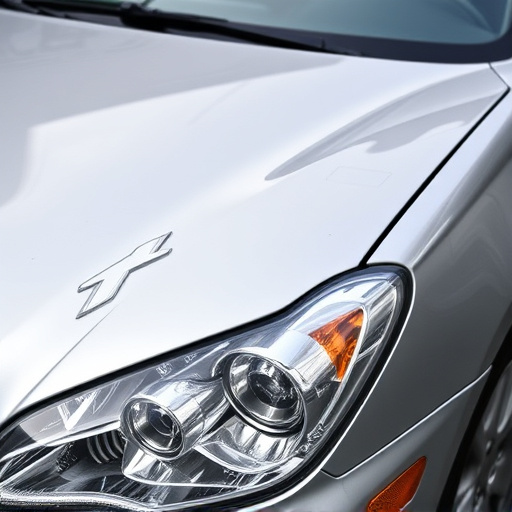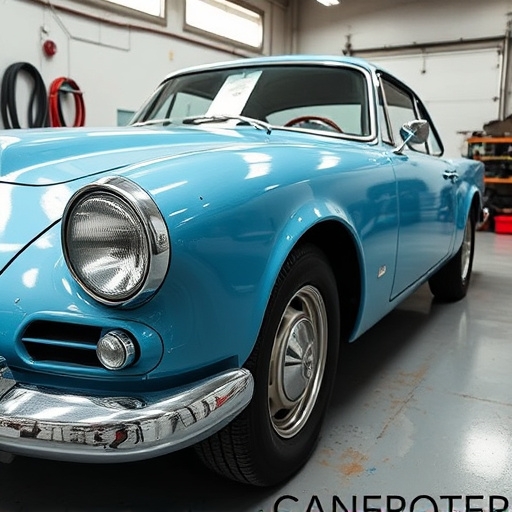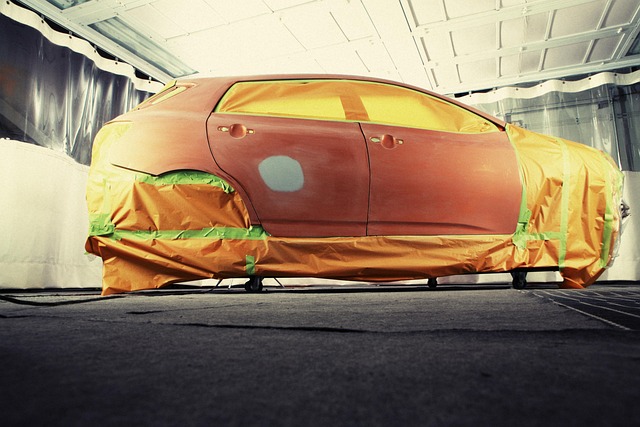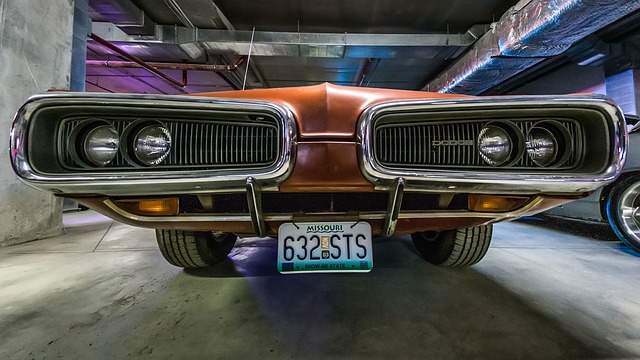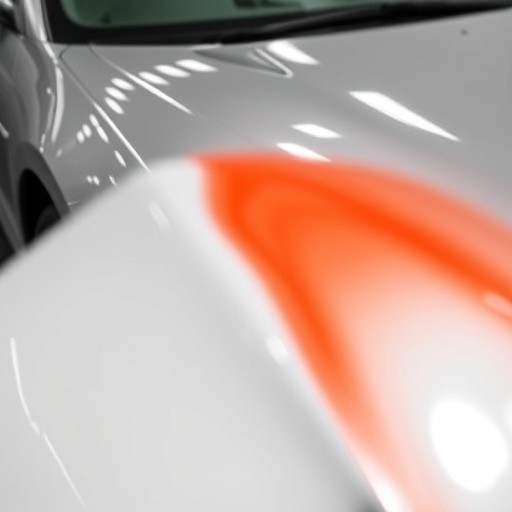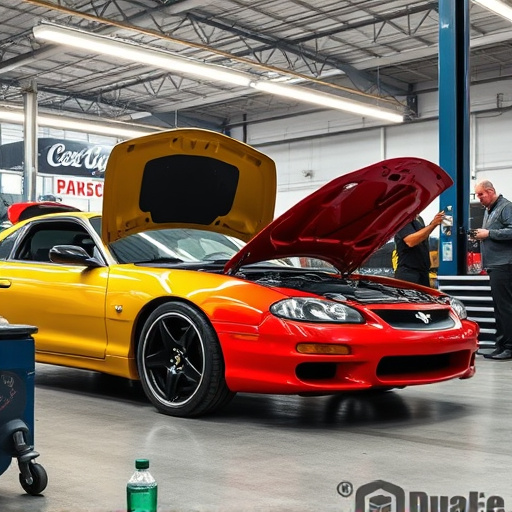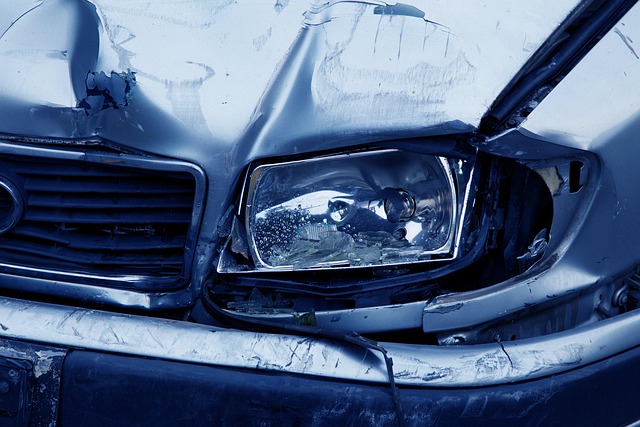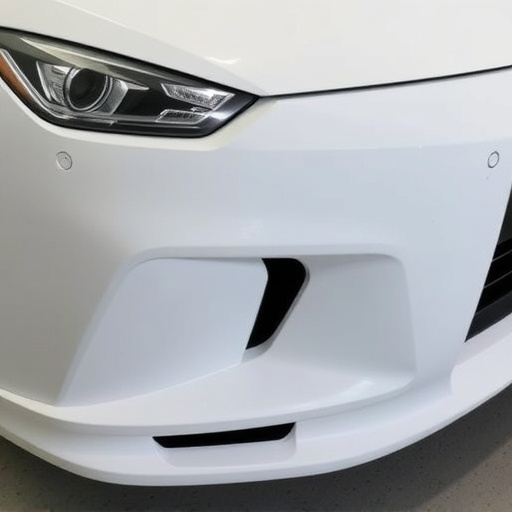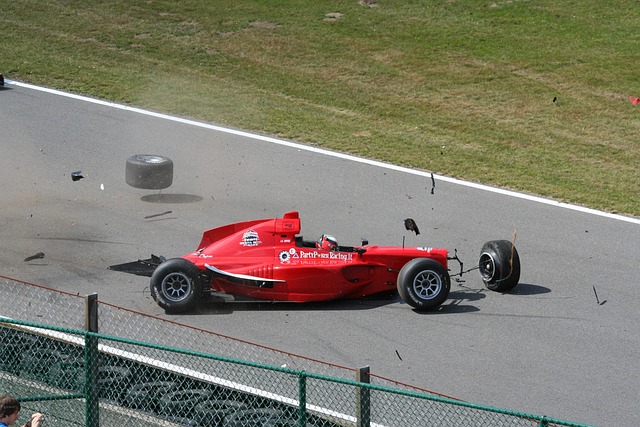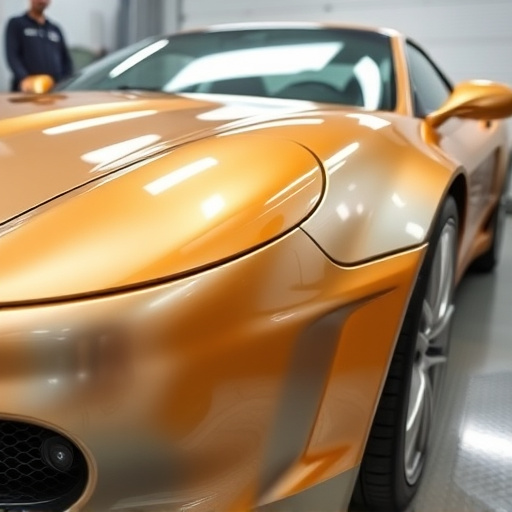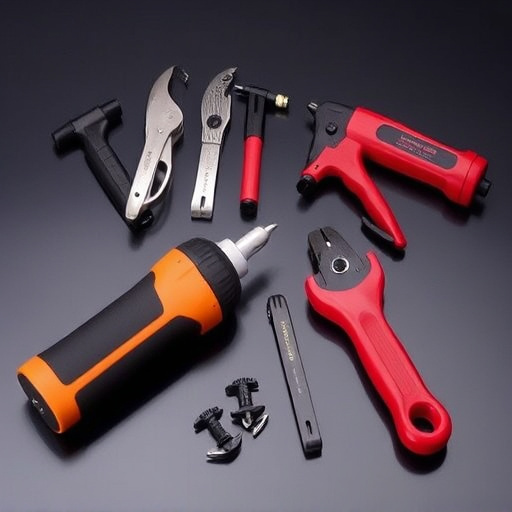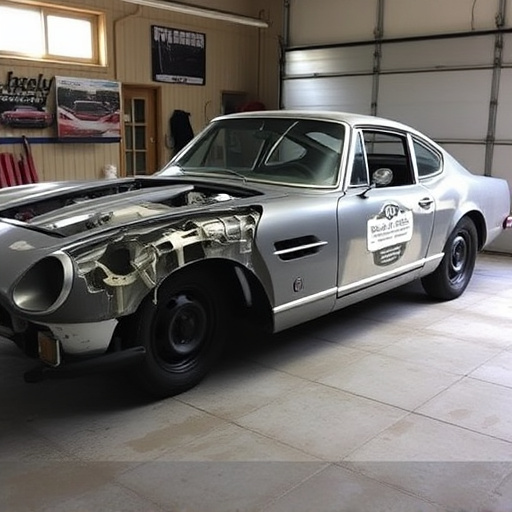Tesla vehicles, despite their innovative construction, are susceptible to hail damage, affecting both aluminum and steel body panels. Prompt action is crucial for prevention and maintenance. The repair process involves a detailed assessment by trained technicians, using specific techniques for each material—specialized care for aluminum and precision welding for steel. Post-repair, proper maintenance includes regular washing, waxing every six months, and continuous inspection to safeguard the vehicle's aesthetic value and protect against future damage.
Tesla owners living in regions prone to severe weather know that their vehicles can face unique challenges. Hail damage is a common issue, causing significant cosmetic and potential structural problems, especially with aluminum body panels. This article delves into the intricacies of Tesla hail damage repair, exploring effective strategies for restoring both aluminum and steel panels. We provide insights on the repair process, crucial maintenance tips post-repair, and why prompt action is vital to preserving your Tesla’s value.
- Understanding Tesla Hail Damage and Its Impact
- The Repair Process: Restoring Aluminum and Steel Panels
- Tips for Effective Post-Repair Maintenance
Understanding Tesla Hail Damage and Its Impact

Tesla hail damage can leave visible pockmarks and dents on both aluminum and steel body panels, impacting the vehicle’s aesthetics and value. Hail, especially when large and frequent, poses a significant risk to cars parked outdoors in areas prone to severe weather events. While Tesla vehicles are renowned for their innovative materials and construction, they are not immune to hail damage.
Understanding the extent of the impact requires a closer look. Aluminum panels, known for their lightness and corrosion resistance, can bend or deform under intense impact. Steel bodies, though more robust, may also suffer deep dents and scratches that require professional attention. Prompt repair is crucial to prevent further damage and maintain the vehicle’s original appearance. Auto body restoration techniques, including collision repair and auto body painting, are essential steps in returning Tesla vehicles affected by hail to their pre-incident condition.
The Repair Process: Restoring Aluminum and Steel Panels

Tesla hail damage repair for aluminum and steel body panels involves a meticulous process designed to restore vehicles to their pre-incident condition. It begins with an assessment by a trained technician who identifies each area affected, taking into account the unique properties of both materials. Aluminum, known for its lightweight durability, requires specialized techniques to avoid leaving unsightly indentations or compromising structural integrity. Steel, on the other hand, demands precision welding and straightening to realign warped panels.
The actual repair process involves several steps: sanding and priming to prepare the surface, applying matching paint to match the vehicle’s original finish, and finally, careful reassembly. Advanced tools and techniques ensure that every detail is addressed, from panel gaps to paint texture. Selecting the right auto body shop with experienced technicians specializing in Tesla hail damage repair is crucial for achieving optimal results, ensuring your car looks as good as new.
Tips for Effective Post-Repair Maintenance

After successfully repairing Tesla hail damage, proper maintenance is crucial to ensure your vehicle’s longevity and protect the repairs already made. One of the key aspects is regular washing and inspection. Gentle, water-based car washes are ideal to prevent any residue or chemicals from damaging the repaired panels. Look for car washes that use soft cloth mitts and low-pressure sprayers.
Additionally, keeping your Tesla’s paint job healthy involves applying a high-quality wax at least every six months. This creates a protective barrier against UV rays and environmental contaminants, enhancing the durability of the repair work. Regular checks for any signs of damage or discoloration around the repaired areas are also essential to catch potential issues early on. Using these simple tips will contribute significantly to maintaining your Tesla’s exterior in top condition, especially after collision repair services for hail damage.
Tesla vehicles, known for their innovative design, are susceptible to hail damage due to their unique aluminum and steel body panels. Understanding the repair process is essential for efficient restoration. By employing specialized techniques tailored to these materials, technicians can ensure precise repairs that maintain the vehicle’s structural integrity and aesthetic appeal. Regular post-repair maintenance, including keeping the surface clean and protected, is vital to prevent future damage. With the right approach, Tesla owners can effectively manage hail damage, ensuring their vehicles remain in top condition. Remember, prompt action and professional care are key when addressing Tesla hail damage repair.
